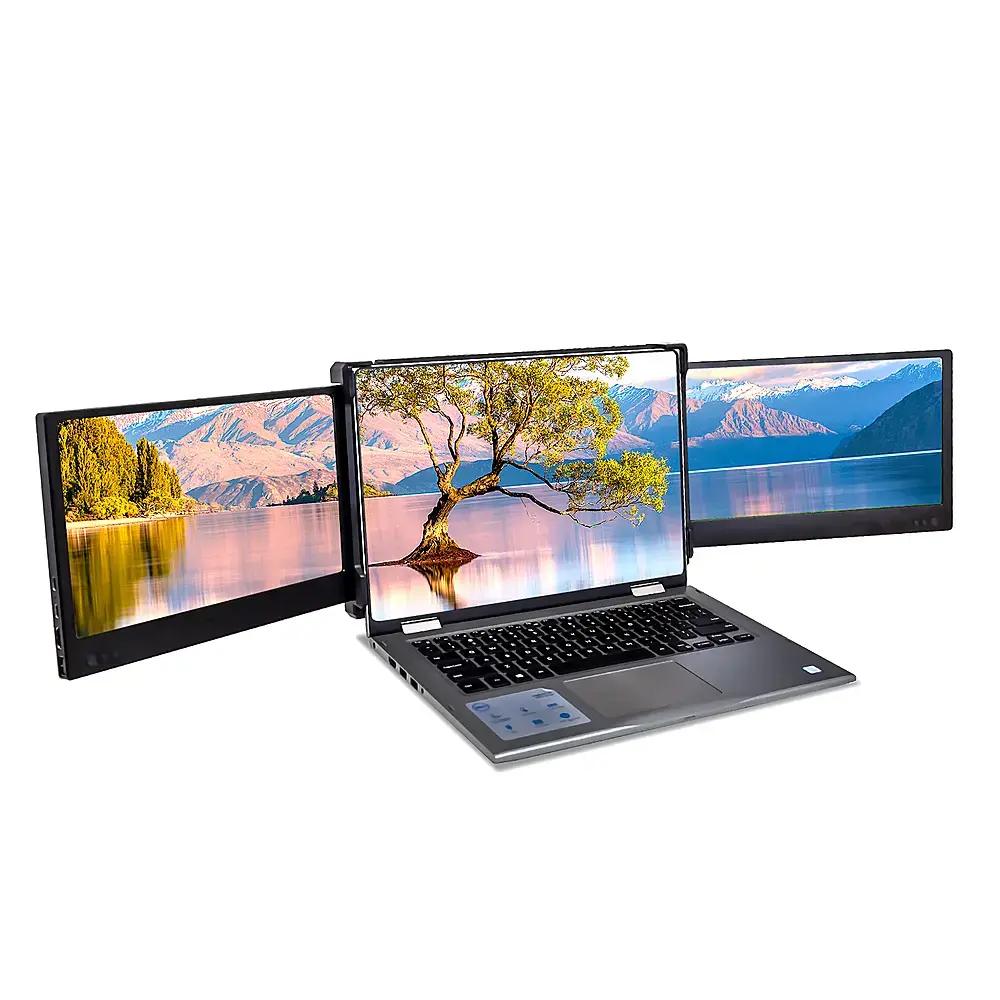
Setting up multiple monitors with your laptop can significantly enhance your productivity, allowing you to multitask more effectively. However, you may encounter various issues during the setup process or while using the monitors. This guide addresses some common problems and provides solutions to ensure your multi-monitor experience is smooth and efficient.
1. No Signal on the Second Monitor
Symptoms: The second monitor remains blank or displays a “no signal” message.
Solutions:
- Check Connections: Ensure that all cables are securely connected. If you’re using adapters, verify that they are functioning properly.
- Switch Display Modes: Use the keyboard shortcut (typically Windows + P on Windows or Command + F1 on Mac) to toggle between display modes. Choose “Extend” to utilize both monitors.
- Restart Your Laptop: Sometimes, a simple restart can resolve detection issues.
2. Resolution Issues
Symptoms: The second monitor displays at the wrong resolution, leading to blurry or distorted images.
Solutions:
- Adjust Display Settings: Right-click on your desktop and select “Display settings” (Windows) or “System Preferences” > “Displays” (Mac). Adjust the resolution for each monitor to match their native settings.
- Update Graphics Drivers: Ensure your graphics drivers are up-to-date, as outdated drivers can cause resolution problems. Visit the manufacturer’s website or use the device manager to check for updates.
3. Monitors Not Recognized
Symptoms: One or both monitors are not recognized by the laptop.
Solutions:
- Re-plug Cables: Disconnect and reconnect the cables to ensure a secure connection.
- Check Power Supply: Ensure that the external monitors are powered on and that their power cables are securely plugged in.
- Try Different Ports: If your laptop has multiple ports, try connecting the monitors to different ports to rule out a faulty connection.
4. Flickering or Blurry Display
Symptoms: The image on one or both monitors flickers or appears blurry.
Solutions:
- Refresh Rate Settings: Go to the display settings and check the refresh rate. Adjusting it to a compatible rate for your monitors can resolve flickering issues.
- Cable Quality: Use high-quality cables that support the required resolution and refresh rate. Poor-quality cables can cause display issues.
5. Incorrect Display Arrangement
Symptoms: The mouse cursor doesn’t move smoothly between monitors, or windows don’t transition correctly.
Solutions:
- Rearrange Displays: In display settings, you can drag the monitor icons to match their physical arrangement on your desk. This ensures that moving your cursor feels natural.
- Check Primary Monitor Settings: Ensure your primary monitor is set correctly. This affects where windows open by default.
6. Performance Issues
Symptoms: The laptop slows down or becomes unresponsive when multiple monitors are connected.
Solutions:
- Close Unused Applications: Reduce the load on your system by closing unnecessary applications that may be using excessive resources.
- Upgrade Hardware: If you frequently work with multiple monitors and experience performance issues, consider upgrading your laptop’s RAM or graphics card (if possible).
7. Incompatibility with Software
Symptoms: Certain applications don’t display correctly across multiple monitors.
Solutions:
- Check Software Settings: Some applications may have specific settings for multi-monitor use. Look for options in the application’s preferences.
- Update Software: Ensure that your applications and operating system are updated to the latest versions, as updates often include bug fixes and enhancements for multi-monitor support.
Conclusion
While setting up multiple monitors with your laptop can boost your productivity, it’s not uncommon to encounter a few hiccups along the way. By following the troubleshooting steps outlined above, you can resolve many common issues and create a seamless multi-monitor experience.
For those seeking high-quality monitors for their dual or multi-monitor setups, consider exploring Onext‘s range of portable and versatile monitors that cater to various needs.
Recommended products
-
 16 Inch Portable Monitor 2560*1600 FullHD 120Hz Gaming Computer Monitor Wide 16:9 Travel Monitors for Laptop Mac Phone Tablet PS4 Switch Xbox Built In Speakers,HDMI/Type-C Monitor
16 Inch Portable Monitor 2560*1600 FullHD 120Hz Gaming Computer Monitor Wide 16:9 Travel Monitors for Laptop Mac Phone Tablet PS4 Switch Xbox Built In Speakers,HDMI/Type-C Monitor -
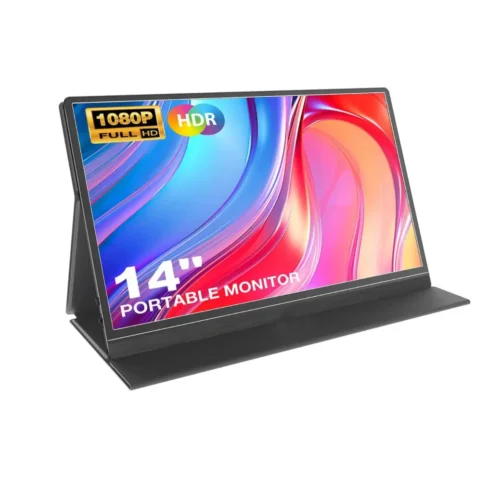 14.0″ Ultra Slim Monitor FHD 1080P External Display with Dual Speakers Second Screen for Laptop PC Phone Xbox PS4/5 Switch – A1 GAMUT Slim
14.0″ Ultra Slim Monitor FHD 1080P External Display with Dual Speakers Second Screen for Laptop PC Phone Xbox PS4/5 Switch – A1 GAMUT Slim -
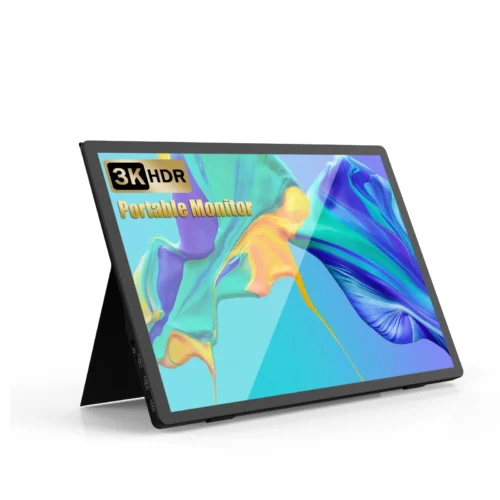 13.5 Inch FHD 3K Portable Displays Screen Slim Lightweight HDR Travel Monitor for external monitors for Laptop Xbox PS5 Switch
13.5 Inch FHD 3K Portable Displays Screen Slim Lightweight HDR Travel Monitor for external monitors for Laptop Xbox PS5 Switch -
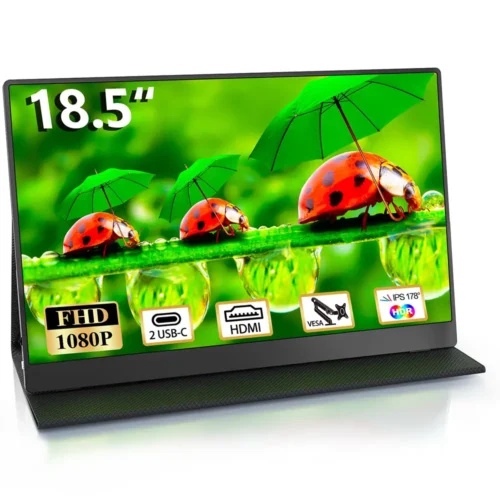 Portable Large Monitor-18.5 Inch Computer Gaming Display 60Hz 100% sRGB FHD 1080P USB-C HDMI IPS Screen for Laptop
Portable Large Monitor-18.5 Inch Computer Gaming Display 60Hz 100% sRGB FHD 1080P USB-C HDMI IPS Screen for Laptop -
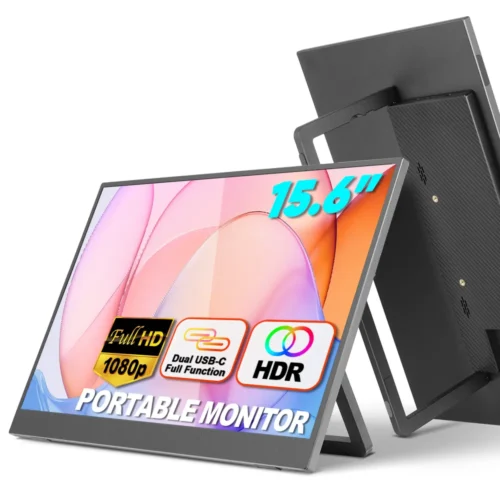 15.6 Inch FHD 1080P Portable Displays USB C HDMI External Display for Laptop Second Monitor
15.6 Inch FHD 1080P Portable Displays USB C HDMI External Display for Laptop Second Monitor -
 17.3” USB Portable Monitor 1080P Full HD IPS, 60Hz, USB Type-C, Eye Care, HDMI Port, FSC Certified
17.3” USB Portable Monitor 1080P Full HD IPS, 60Hz, USB Type-C, Eye Care, HDMI Port, FSC Certified